What is Robotics and Automation and How It Transforms Industries Today
In the current landscape of industrial advancement, "robotics and automation" stands as a transformative force reshaping how industries operate. According to a recent report by the International Federation of Robotics, the global market for industrial robots is projected to reach nearly $70 billion by 2025, underscoring the growing reliance on automated solutions across various sectors. This shift is not merely a trend but a necessity as businesses strive for increased efficiency, reduced costs, and enhanced productivity.
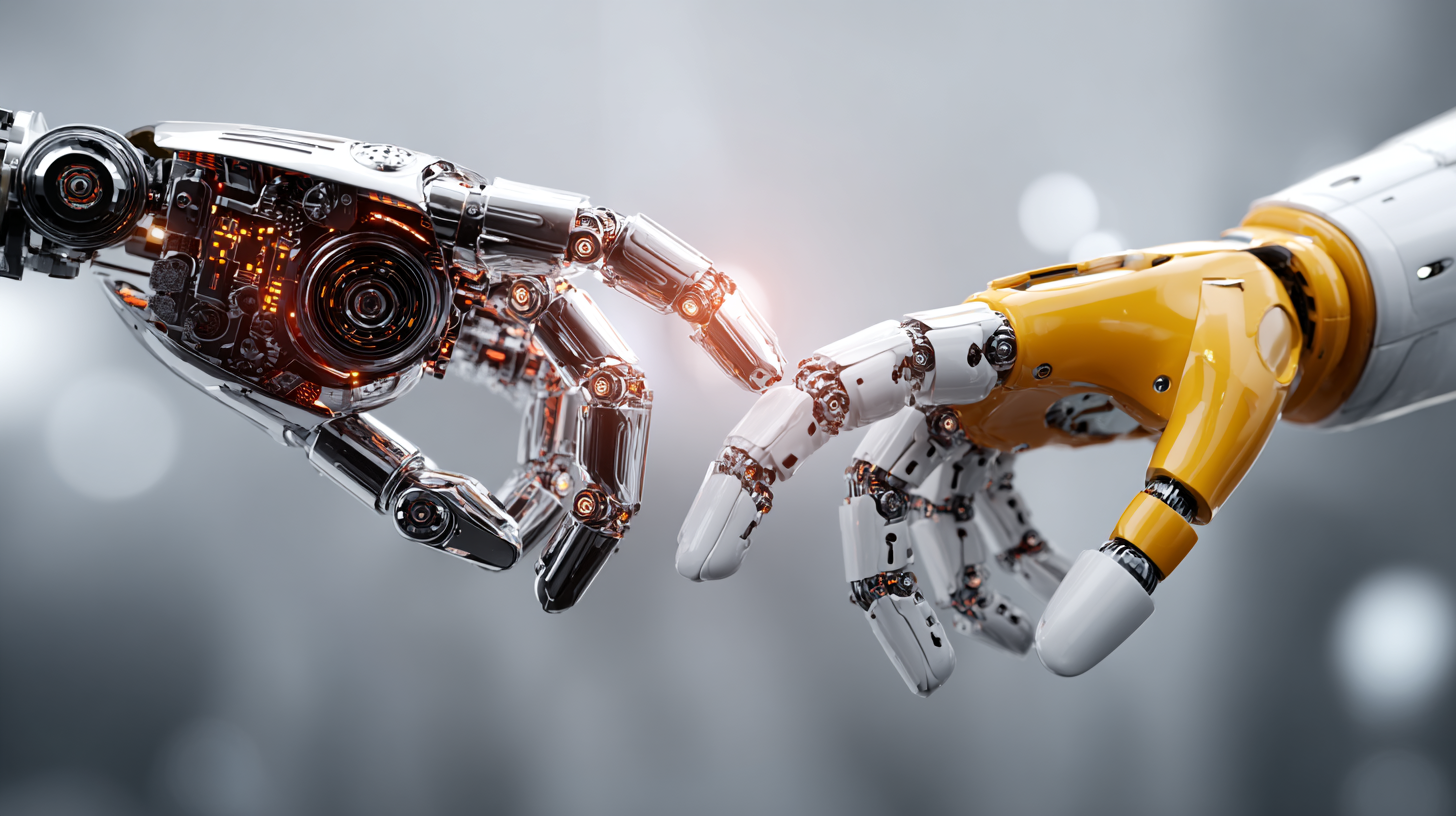
The impact of robotics and automation extends beyond manufacturing; it is penetrating sectors such as healthcare, logistics, and agriculture, where automated systems optimize workflows and improve service delivery. A McKinsey report highlights that automation could raise productivity growth globally by 0.8 to 1.4 percent annually. Additionally, the World Economic Forum anticipates that by 2025, 85 million jobs may be displaced due to a shift in labor between humans and machines. However, it also notes an emergence of 97 million new roles tailored to a new division of labor between humans, machines, and algorithms.
As we delve into the intricacies of robotics and automation, it becomes essential to explore how these technologies not only enhance operational capabilities but also pose challenges that require strategic navigation for businesses to thrive in an ever-evolving industrial landscape.
Definition and Fundamental Concepts of Robotics and Automation
Robotics and automation refer to the use of technology to perform tasks that typically require human intervention, streamlining processes across various industries. The fundamental concept revolves around machinery and software designed to enhance efficiency and precision in operations. According to a report by the International Federation of Robotics (IFR), the global robotics market is projected to reach $210 billion by 2025, demonstrating the rapid adoption of robotic solutions in sectors such as manufacturing, healthcare, and logistics.
In manufacturing, for instance, automation systems have led to a remarkable increase in productivity. The World Economic Forum states that by 2025, over 85 million jobs may be displaced due to automation, while 97 million new roles focusing on technology, data analysis, and digital transformation may emerge. Similarly, in healthcare, robotics is revolutionizing patient care through surgical robots and automated diagnostics, significantly enhancing the accuracy and speed of procedures. These innovations exemplify how robotics and automation are not just transforming industry operations but are also reshaping the workforce landscape by creating new opportunities alongside the displacement of traditional roles.
What is Robotics and Automation and How It Transforms Industries Today
| Industry | Robotics Applications | Automation Applications | Key Benefits |
|---|---|---|---|
| Manufacturing | Assembly Robots, Welding Robots | Process Automation, Supply Chain Automation | Increased Efficiency, Reduced Labor Costs |
| Healthcare | Surgical Robots, Rehabilitation Robots | Patient Monitoring Systems, Management Software | Improved Patient Care, Enhanced Precision |
| Agriculture | Drones for Crop Monitoring, Harvesting Robots | Irrigation Systems, Fertilizer Application Automation | Higher Yield, Resource Optimization |
| Logistics | Automated Guided Vehicles (AGVs) | Warehouse Management Systems, Inventory Automation | Faster Delivery, Cost Savings |
| Retail | Self-service Kiosks, Inventory Robots | Point of Sale Automation, Online Order Fulfillment | Enhanced Customer Experience, Operational Efficiency |
The Role of Robotics in Modern Manufacturing and Production Processes
Robotics plays a pivotal role in modern manufacturing and production processes, driving efficiency and innovation. Advanced robotic systems are increasingly integrated into assembly lines, where they perform repetitive tasks with precision and speed that surpass human capabilities. From welding and painting to packaging and quality control, robots ensure that products are manufactured consistently and to high standards, thus reducing waste and operational costs. Their ability to operate around the clock without fatigue allows for increased production rates, meeting the growing demands of various industries.
Moreover, the synergy between robotics and automation technology enhances overall productivity. Collaborative robots, or cobots, are designed to work alongside human workers, augmenting their efforts and facilitating a flexible workforce. This coexistence not only improves safety in the workplace but also enables companies to adapt to shifting market needs more swiftly. As businesses embrace smart manufacturing concepts, robotics becomes an integral part of the digital transformation, leading to smarter, more resilient production systems that are capable of responding in real-time to changes in supply and demand dynamics.
Impact of Automation on Workforce Dynamics and Employment Trends
The integration of robotics and automation into various industries has significantly altered workforce dynamics, leading to a variety of employment trends. As automation technologies become more prevalent, jobs that involve repetitive tasks are increasingly being replaced by machines. This shift creates a demand for workers with advanced skills in robotics, programming, and data analysis, highlighting a growing skill gap in the labor market. Consequently, employees must adapt by seeking retraining opportunities to meet the needs of an evolving job landscape, which often emphasizes the importance of critical thinking and creativity over routine task execution.
Moreover, while automation can lead to job displacement in certain sectors, it also has the potential to create new employment opportunities. As industries innovate and expand, they require skilled professionals to oversee, maintain, and improve automated systems. For example, the rise of automated manufacturing processes has created roles in machine maintenance and process engineering. Additionally, workers may find opportunities in sectors that focus on developing and implementing these technologies. This dual impact of automation—a reduction in some job roles coupled with an increase in demand for skilled workers in technology—illustrates the complex relationship between robotics, automation, and employment trends in today’s workforce.
Emerging Technologies in Robotics and Their Industrial Applications
 Emerging technologies in robotics are revolutionizing industries worldwide, paving the way for enhanced efficiency and productivity. Innovations such as artificial intelligence, machine learning, and advanced sensors are enabling robots to perform complex tasks with greater precision than ever before. For instance, in manufacturing, collaborative robots, or cobots, are now able to work alongside human workers, assisting in assembly lines and reducing the risk of injury while optimizing workflow.
Emerging technologies in robotics are revolutionizing industries worldwide, paving the way for enhanced efficiency and productivity. Innovations such as artificial intelligence, machine learning, and advanced sensors are enabling robots to perform complex tasks with greater precision than ever before. For instance, in manufacturing, collaborative robots, or cobots, are now able to work alongside human workers, assisting in assembly lines and reducing the risk of injury while optimizing workflow.
In sectors like healthcare, robotics is transforming patient care and surgical procedures. Robots equipped with advanced imaging and AI capabilities can assist surgeons in performing minimally invasive operations, resulting in shorter recovery times for patients. Additionally, drones and automated delivery systems are being utilized in logistics and supply chain management, ensuring quicker and more reliable delivery of goods. These advancements not only improve operational capabilities but also enable industries to respond swiftly to changing market demands, positioning them for sustainable growth in an increasingly competitive landscape.
Challenges and Ethical Considerations in Implementing Robotics and Automation
The integration of robotics and automation in various industries presents a wealth of opportunities but also raises significant ethical considerations that must be addressed. As organizations adopt robotic process automation (RPA), particularly in sectors like hospitality, understanding the critical success factors (CSFs) is vital. Recent studies indicate that effective leadership, employee training, and robust technological infrastructure are key to successful implementation. Yet, as automation proliferates, ethical dilemmas arise—particularly in the displacement of workers and the implications for job security.
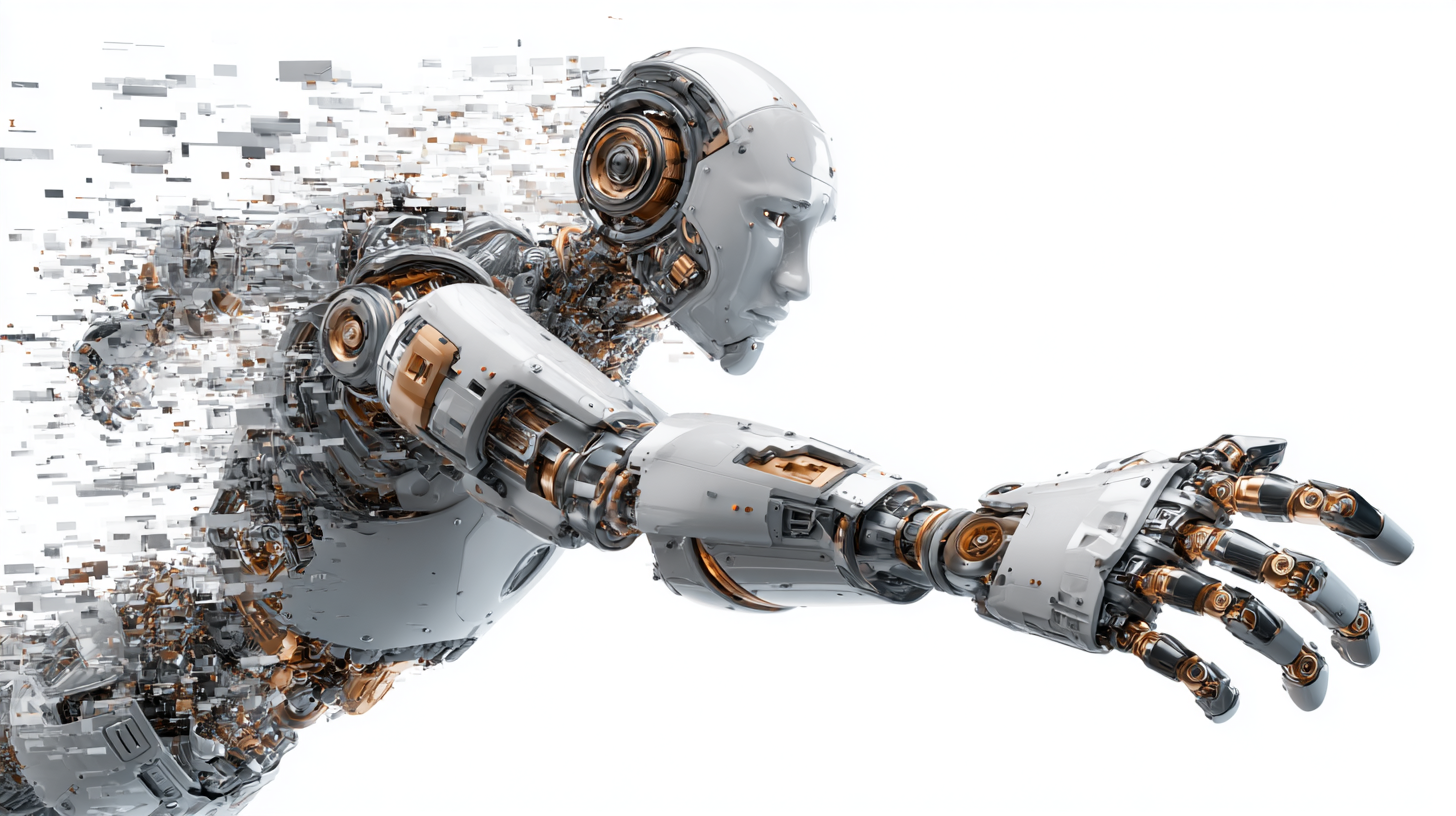
Moreover, the use of robots in sensitive areas, such as healthcare and mental health support for older adults, has prompted discussions on consent, privacy, and the dependability of automated systems. A qualitative analysis highlights the need for clear guidelines and ethical frameworks to govern the development and deployment of robots, ensuring that human dignity is preserved and enhanced.
Tip: Organizations should encourage open dialogues among stakeholders to ensure that the adoption of robotics includes diverse perspectives, fostering an environment where ethical implications are openly discussed and addressed. Tip: Regular training and upskilling programs for employees can help ease the transition into an automated workplace, mitigating resistance and promoting a culture of innovation.
Related Posts
-
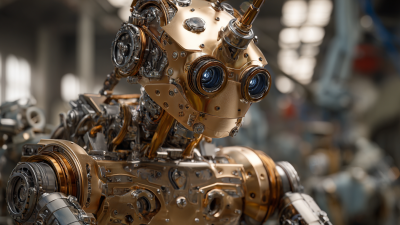
Exploring the Future of Manufacturing with Robot Industrial Innovations
-
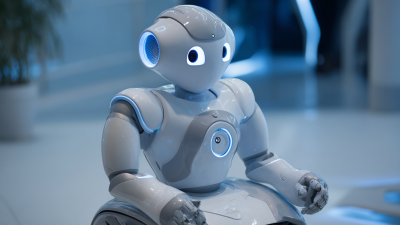
Understanding the Essence of Robotics: What Defines a Robot in Today’s Tech Landscape
-
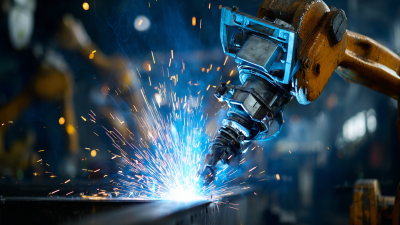
Top 10 Benefits of Using Robotic Welders in Modern Manufacturing
-

Wisconsin Automation Leading the Future of Robotics in Manufacturing with Industry 4.0 Insights
-
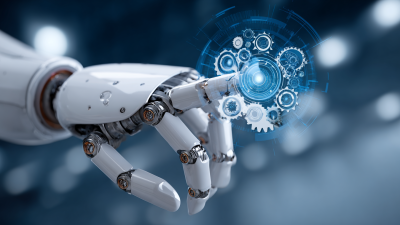
Unlocking Business Efficiency with Robotic Process Automation Software Insights from Recent Industry Trends
-
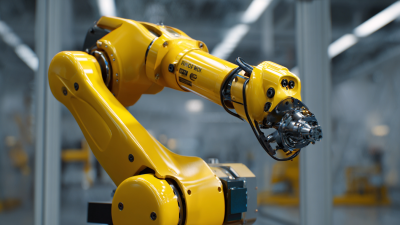
Exploring the Future of Automation Through Fanuc Robots Advancements in Technology
